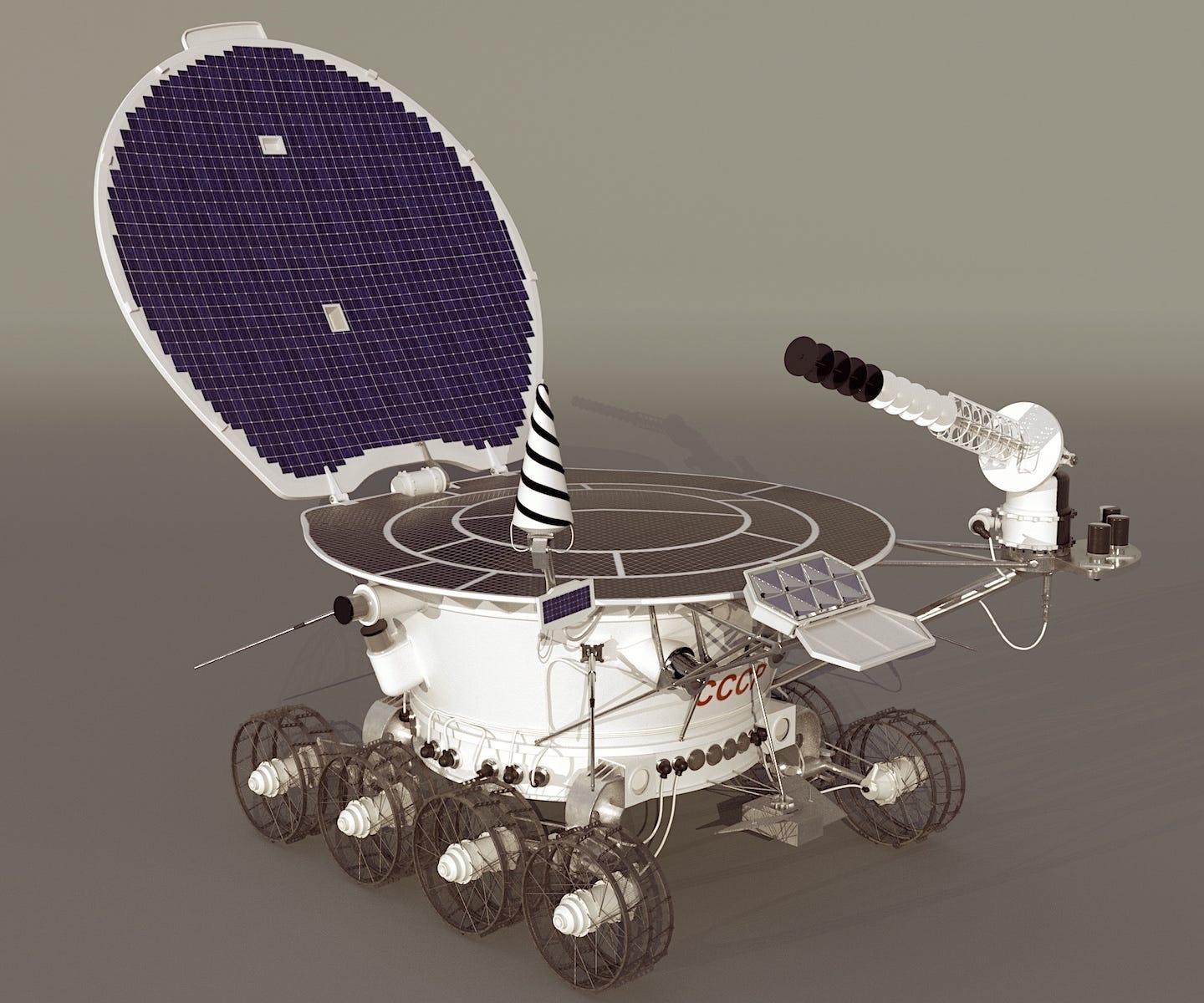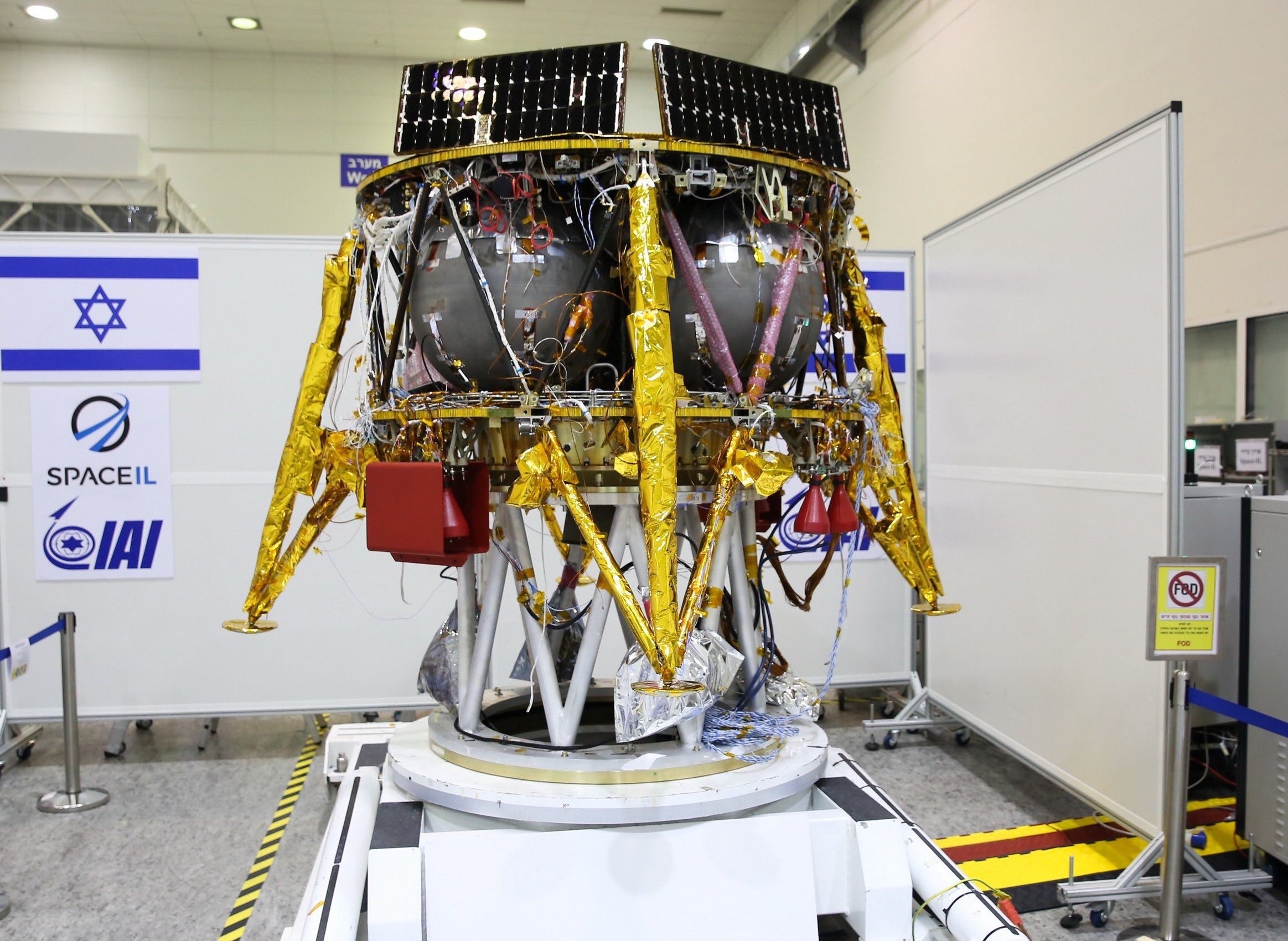Past mistakes to avoid in our grand return to the Moon this decade
The last two decades mark the beginning of a true return to exploring our Moon. The 2000s saw Europe, Japan, China and India launch their successful lunar orbiters SMART-1, SELENE, Chang’e 1 and Chandrayaan 1 respectively. The 2010s can be defined by roller coaster Moon landing attempts, with China succeeding with Chang’e 3 & Chang’e 4 while Israel and India faced heartbreaking crashes of their Beresheet and Chandrayaan 2 landers respectively. In the meantime, the U.S. had various successful missions in the form of the Lunar Reconnaissance Orbiter, LCROSS, GRAIL and LADEE, and forged a goal of returning humans to the Moon with Artemis.
Space agencies, companies, and enthusiasts around the world hope for the 2020s to be marked by a string of successful commercial lunar landers, many first of its kind orbiters like KPLO, a bevy of lunar rovers, humans exploring the surface again, and much more. While our lunar ambitions have clearly risen, the sheer difficulty of orchestrating hundreds to thousands of people and spacecraft parts in any space mission hasn’t changed. And so as we mount a grand return to our Moon, let’s take a look at some of the mistakes in past lunar missions that we could learn from.
Destroying your broadcast from the Moon
Apollo 12, the world’s second human lunar landing, carried a color camera instead of Apollo 11’s monochrome but the world never saw the mission’s television footage. When setting up the camera, astronaut Alan Bean accidentally pointed it directly to the Sun, which destroyed its Secondary Electron Conduction (SEC) tube. With only an audio feed of the mission available, several television networks switched to showing actors in spacesuits in studios simulating moonwalks, which unfortunately fueled conspiracy theories about the Apollo landings.
To avoid video footage failure on Apollo 14 and beyond, NASA added lens caps to the color cameras while also flying backup black & white models in case color cameras get damaged. NASA also replaced their SEC tubes with the less sensitive Electron Bounded Silicon (EBS) tubes, which wouldn’t get instantly destroyed by direct exposure to bright sunlight. A similarly less sensitive tube than the SEC was used on the color cameras mounted on the Apollo Lunar Rovers.
The risk of damaging cameras on the Moon hasn’t withered away with time but is more serious now. The discovery of water ice on the Moon’s poles is driving space agencies and companies globally to the south pole for the majority of their upcoming robotic landers and rovers, and for all crewed missions under NASA’s Artemis campaign. Here the Sun is perpetually near the horizon, encircling it over the lunar day. Explorers of all kinds will have to be careful about inadvertently rotating their cameras Sunward whereas engineers and mission operators will have to devise ways and procedures that avoid such exposure or damage from it.

Losing your first lunar orbiter to a miscalculation
India’s first Moon orbiter Chandrayaan 1 earned a worldwide recognition in space history due to its discovery of lunar water. However, the spacecraft didn’t live up to its full scientific potential as it stopped operating after just 10 months in lunar orbit instead of the intended lifetime of at least 2 years.
It turns out that the spacecraft and its components faced much higher temperatures than expected in lunar orbit, both from the Sun and the reflected infrared radiation from the Moon. This caused mission operators to rotate the spacecraft and turn instruments off, and later even raise the orbit from 100 to 200 kilometers altitude, all to manage the heat. Ultimately both the power units controlling Chandrayaan 1 succumbed to the heat and the spacecraft was dead.
Later investigations found that the DC-to-DC converters used throughout the spacecraft were part of a faulty production batch, particularly being more susceptible to heat and thus adding to ISRO’s miscalculation of the lunar thermal environment. ISRO fixed the former issue for its future missions like the Mangalyaan Mars orbiter and the Chandrayaan 2 lunar orbiter by making its own DC-to-DC converters.
Chandrayaan 1 faced another issue during its mission. Exposure to extreme solar radiation combined with other factors caused its star sensor to fail, shortly followed by the backup star sensor failing as well. Despite losing the crucial precise pointing ability due to the loss of star sensors, mission operators combined the use of gyroscopes and commands from Earth to not just keep the spacecraft functional for as long as it did but even view a solar eclipse from the Moon—a first for a space mission.
When considering everything we had learnt about the Moon from decades of prior lunar missions, the miscalculations about the thermal and radiation environments that killed Chandrayaan 1 could’ve been avoided. With many countries and companies launching their first Moon missions this decade, Chandrayaan 1 should serve as a good reminder of technical oversight prematurely killing missions.
Killing your rover with one wrong drive

In 1970, the Soviet Union successfully remotely drove Lunokhod 1, the world’s first planetary rover, on the Moon for 11 months, 7 more than planned. The scientific expectations from Lunokhod 2 in 1973 were even higher but it faced a premature death just 4 months into its mission when its operators on Earth were driving the rover towards a geologically interesting place just ahead.
With the Sun close to the horizon and behind the rover, views from Lunokhod 2’s navigation cameras masked much of the troublesome landscape in shadows, making it seem like a smooth patch. The operators ended up driving the rover into a small crater. Lunokhod’s open lid touched the crater wall and the solar panels on the lid were covered in lunar dust. Operators did get the rover out of the crater but the mission’s end was set in stone.
For the rover to survive the freezing lunar night, its lid had to be closed to preserve heat. But doing so dumped the dust—a good insulator—onto the rover’s radiator. Soon after the lid was opened the next morning, the rover could therefore not get rid of the excess daytime heat and died.
What the operators should’ve done was to recognize the tricky lighting conditions the previous day and stop the rover to better assess traverse routes based on more data. Again, with the Sun perpetually near the horizon presenting a tricky landscape for all upcoming missions at the Moon’s south pole, operators will have to be extremely careful about inadvertently damaging their hardware, ultimately costing the mission.
Losing your lander under pressure

Israel-based SpaceIL became the first private company in the world to put an orbiter around the Moon with the Beresheet spacecraft in 2019. Unfortunately, Beresheet crashed soon after during its lunar landing attempt.
The investigation revealed that during the final descent phase, one of the lander’s two Inertial Measurement Units (IMUs)—a sensor that tracks the spacecraft’s acceleration and angular velocity over time—failed. This wasn’t critical as the other IMU was functioning, and Beresheet only needed one IMU at a time. But fearing the other IMU could fail too, the team sent a command to restart the first one.
However, the switching time between the IMUs caused Beresheet’s computer to think the navigation system had malfunctioned, and so it rebooted, after which point a separate issue with its auxiliary software not loading caused it to enter a boot loop, leading to the lander being unable to keep the engine on and ultimately crashing into the Moon. Ettay Nevo has a great deep dive into this grim series of events.
The investigation also found that in order to make the mission feasible at a low cost, Beresheet used relatively inexpensive components, including the IMUs, which weren’t previously space-tested. This caused several issues during its mission. While not certain, it’s possible that barring the IMU failure and the retrospectively wrong decision to restart it under pressure Beresheet could’ve landed. The nature of those two things are exactly what the many commercial companies attempting their first Moon landings this decade will have to be conscious about.
An early crippling of a Moon rover
When China’s Chang’e 3 touched down on the Moon in 2013, it became the world’s third organization to achieve the feat. The lander deployed the Yutu rover on the surface, making it the third ever robotic lunar rover. But Yutu’s intended 3-month exploration of our Moon was cut short by 6 weeks due to the wheel drive failing.
The initial investigation revealed that Yutu faced considerably lower temperatures than estimated, which freeze-jammed some electrical components and ultimately led to the failure of the power circuitry driving the wheels. While Yutu had plenty of redundant electrical components, they had common weaknesses, that is, redundancy is only good here if dissimilar! This pointed to a core design issue in the mission.
In the six weeks Yutu did explore the lunar surface, it traveled roughly only 100 meters. This was partly due to a more stern local terrain than orbital data suggested. The final investigation revealed another possible design-phase cause of the wheel drive failing—that Yutu likely hit a large enough rock during a commanded traverse.
China learned from the incident, and their second lunar rover Yutu 2 has been exploring a farside region for almost four years now. In the context of the upcoming wave of ambitious lunar missions, the case of Yutu reminds us that even well-funded space agencies with great track records can lose their missions to fundamental design issues and operational oversight.
Our increasingly complex Moon missions combined with the unforgiving nature of spaceflight is partly why the general industry direction of late has been to reduce human errors by reliably automating as many parts of missions as possible, taking advantage of modern software. This is especially true for mission operations, a major element still heavily reliant on humans being in the loop. So when humans explore our Moon again, the mission control center would look and operate very differently.
This article’s theme was chosen by Epsilon3, a sponsor of my Moon Monday newsletter. The topic itself was chosen by me, and the article has been written without editorial input from Epsilon3. The piece benefitted from their technical review.
This is the third article in a series exploring space missions suffering from mistakes and how we adapt from thereon. Part 1 looked at space mission failures and successes due to space-grade electronics while Part 2 lays out a brief history of space missions lost to human errors.
